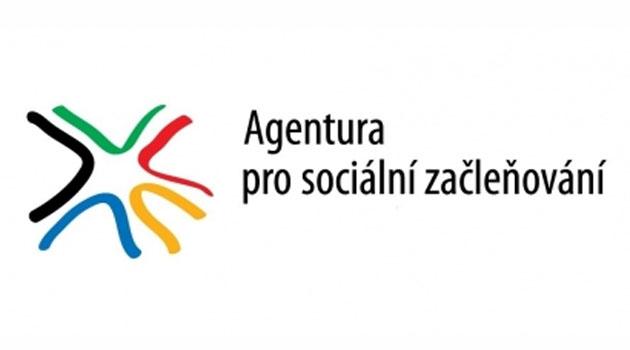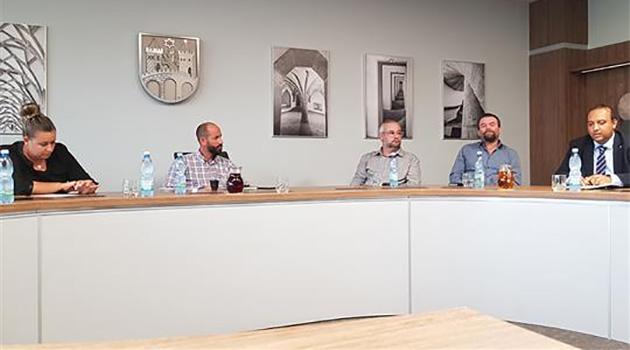Czech Government Agency for Social Inclusion publishes analysis of segregation in primary schools

The Czech Government Agency for Social Inclusion has published an analysis describing the mechanisms by which children are segregated in the schools and the state of that segregation taking into account the problem of social exclusion. The analysis finds that the stakeholders crucial to ending segregation are departments of education at municipalities designating catchment areas for the schools, parents of schoolchildren, and school personnel.
Nonprofit organizations and social services providers working with socially disadvantaged families are also able to support efforts to desegregate. The Agency’s study analyzes the relationships among municipalities, parents, principals and school establishers who are able to either cause or resolve the segregation of socially disadvantaged pupils and their various strategies for doing either one or the other.
A sample of 70 municipalities or groups of municipalities sharing a catchment area was analyzed. Segregation is not being caused by either the history or the structure of the school system itself, according to the analysis.
For segregating processes to arise or be prevented, what is crucial is the activity or inactivity of individual stakeholders in local school systems. Depending on local conditions, comparable municipalities across the Czech Republic will either choose to solidify their already-existing segregated schools or to desegregate them more or less successfully.
A significant role in defining catchment areas is played by the existence of schools for children with special needs, selective primary schools, or multi-year college preparatory schools and the local relationships between each type of school. Efforts to illegitimately categorize children can appear during the initial registration for compulsory school attendance when schools tell parents residing in the natural catchment area to enroll their children in a school “better adapted to the child’s specific needs”.
The analysis of parents’ attitudes toward choosing a school has also confirmed that higher-educated parents have a tendency to choose a school outside their catchment area for their children. Parents’ tolerance of the presence of pupils with different types of disadvantage in the classroom varies significantly: Parents show the lowest tolerance for children with behavioral disorders, with 61 % of respondents saying it would bother them to have such a child in the classroom with their child.
Approximately a quarter of respondents said the presence of children with autism spectrum disorders or Romani children would be a problem. Roughly one-third of parents agree that children should be placed in classes with peers whose levels of achievement are similar to theirs, one-third are opposed to such distribution, and one-third have no clear opinion.
Segregated primary schools reduce children’s chances of continuing on to study at secondary schools and to apply themselves on the open labor market as adults, and they also place disproportionate demands on teachers’ pedagogical work. Studies from abroad, moreover, demonstrate that segregation has a negative influence on children’s future incomes as adults and on their health.
Children bear the consequences of segregation for the rest of their lives. Because inequality in education is the basis of the inter-generational reproduction of poverty and social exclusion, the Agency’s analysis is focused on the segregation of pupils from socially disadvantaged families who frequently live in excluded localities, many of whom are Romani.
